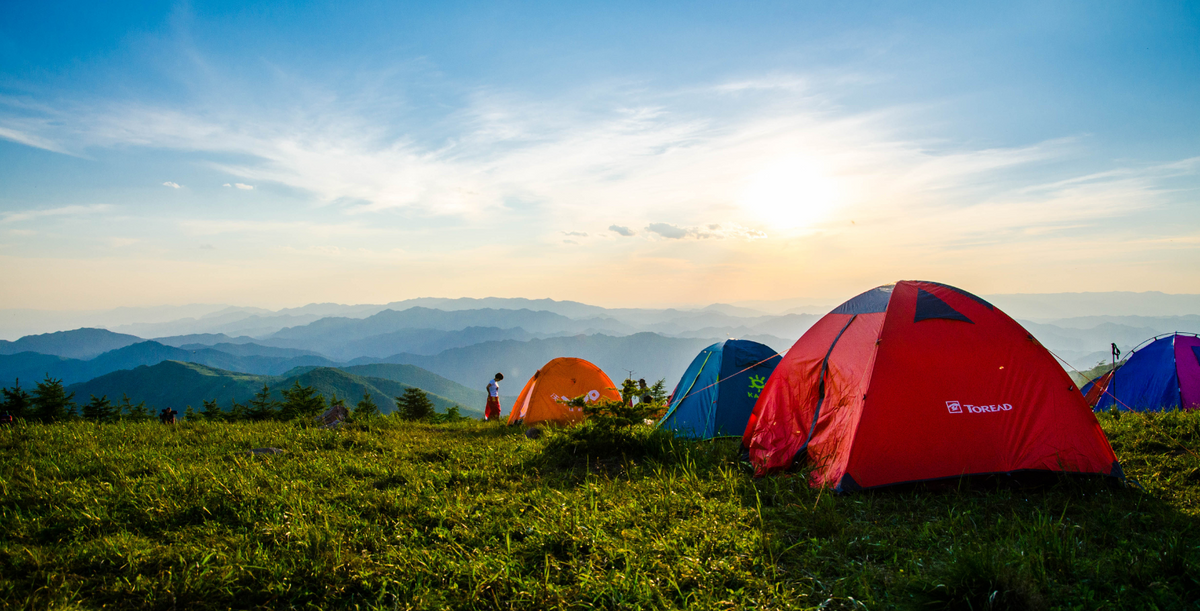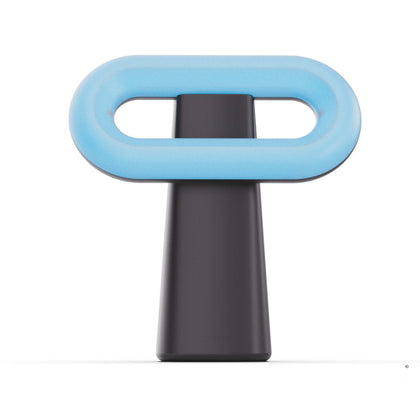
What camping can teach us about our circadian rhythms
|
|
Time to read 2 min
In the summer of 2013, nine volunteers headed into the Rocky Mountains of Colorado. But this was no ordinary camping trip. The expedition was part of a study examining our modern light-filled environment’s impact on the circadian rhythm. A team of researchers led by professor Kenneth Wright were curious to see how quickly participants’ body clocks’ would re-align without the interference of artificial lighting.
Exposure to sunlight during the day is critical for setting our body’s internal clock. When light hits special cells in the eyes, it sparks a cascade of events that impact rhythms in our body, influencing not only our sleep but also the timing of hormone releases that affect appetite, metabolism and more.
But the reduction in daylight exposure during the day coupled with our increased exposure to artificial light at night is pushing our clock’s out of sync. As much as one-third of the population’s internal clocks’ are misaligned by over an hour. In the short term, this misalignment can make the snooze button irresistible, as your body is still physiologically prepared for sleep. Over the long term, however, circadian misalignment dampens cognitive performance and increases the risk of obesity and other chronic health issues.

During their week in the backcountry, participants were exposed to four times as much daylight. At night they were instructed to avoid using torches or electronic devices. Campfires were permitted.
Upon returning, the onset of melatonin—a hormone that physiologically prepares the body for sleep—came nearly two hours earlier, near sunset. The campers’ internal clocks had, in effect, synchronised with the sun.
Follow-up studies have since revealed that as little as a weekend camping can reset the body clock. That’s fantastic news for those who enjoy spending their weekends outdoors: Besides the emotional boost nature provides, the extra daylight has physiological benefits for your internal clocks’ timing.
But it also reveals something stark about how we currently light our buildings. Most offices fall well below the light levels recommended by chronobiologists—scientists who study the circadian rhythm. And collectively, our sleep and health are suffering as a result.
For all but the most die-hard alpinists, camping every weekend is unrealistic. Particularly when winter ushers in shorter days and cooler temperatures. And yet, this is when our lack of sunlight is felt most acutely. Wright’s team found that winter campers were exposed to 13 times more light than if they had stayed indoors. Summer campers were exposed to four times more light, by contrast.
Wright said there could be another solution; using lighting tech that “could change across the day and night to enhance performance, health and well-being.”

Circadian desk lamp
The wait for such a solution is over. Meet OSIN Loop. A first-of-its-kind circadian desk lamp that mimics the effects of natural light, helping you regain your rhythm.
Our inspiration for Loop was to bring a piece of the blue sky into the workspace. We believe everyone deserves the right light at the right time, so we want to make circadian alignment technology simple, easy, and accessible.” Ralph Booth, OSIN Founder.
Get to know how Loop works. Learn more here.



